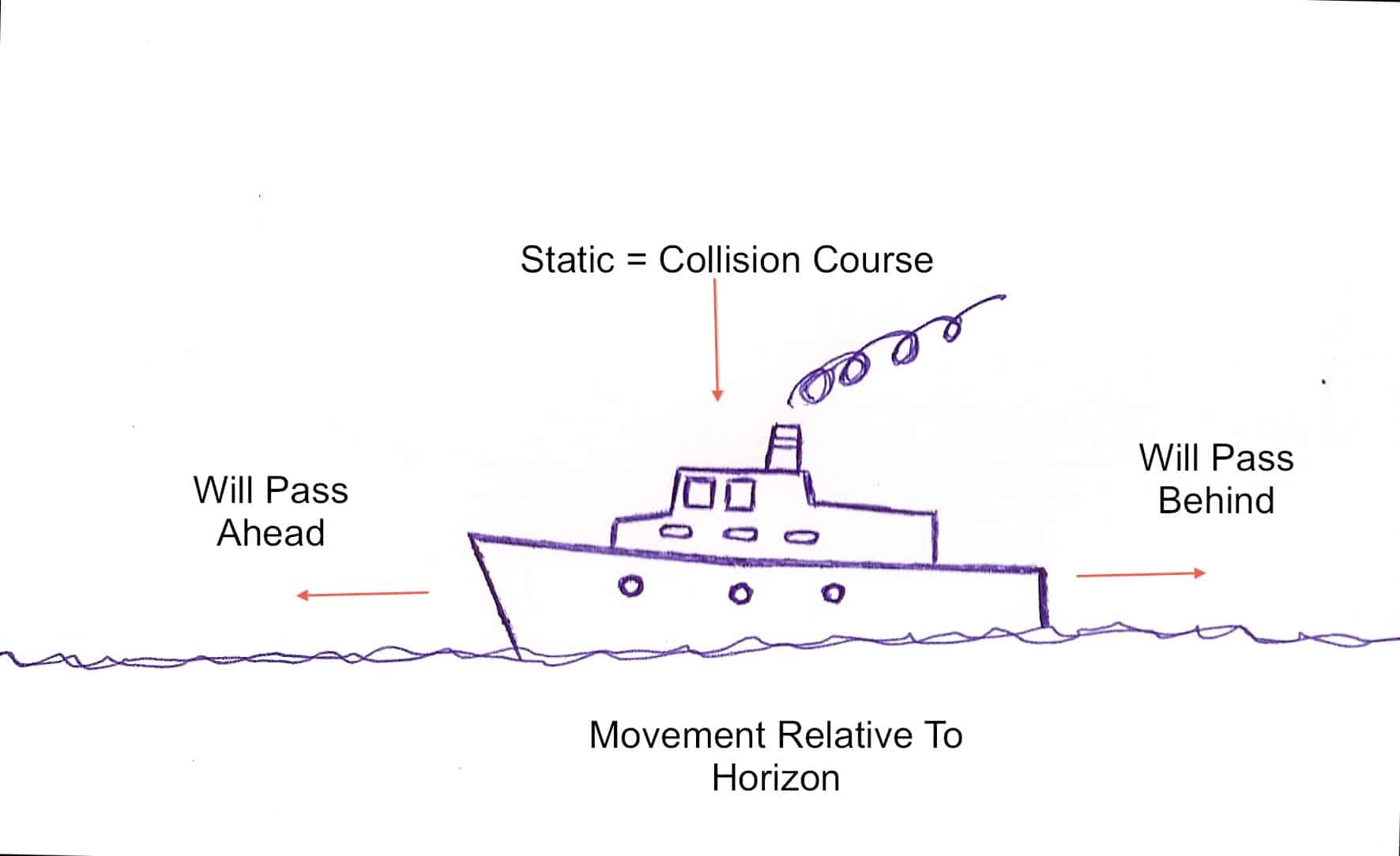
Viking mariners of old astonished their contemporaries with their prowess at sea and their ability to sail out of sight of land without navigational tools or instruments. While all the other mariners navigated only close to shore, the Vikings sailed and found new colonies across the seas. It was discovered that they navigated by their five senses, practical knowledge, and awareness of their surroundings. Their intimate knowledge of coasts, currents, navigation marks, whales and sea birds all became part of a mental map the Vikings used to navigate. Using their senses, Vikings would note navigation marks—the highest hills or a weirdly shaped rock. They saw where and when whales were feeding in certain currents. They could hear waves breaking on shore or rocks. They could taste if fresh water was flowing into the sea. As experienced sailors they could smell land in a sea breeze and feel the prevailing wind on their skin. All this allowed them to explore further afield.
While we as modern sailors have many navigational aids that make sailing mostly a breeze, we often forget to use our senses rather than rely only on electronic aids to navigate. This awareness will reduce your reliance on instruments that can fail at any time.
How To Determine If You Are On A Collision Course
There are many ways to calculate whether you are on a collision course at sea such as taking a bearing on the other vessel, waiting a few minutes and taking another bearing to see if the bearing has changed. Having taught many people the basics of sailing and cruising the best and easiest method I found for day time use is as follows:
Look at the other vessel and see whether it is traveling forward relative the horizon, static relative to the horizon or moving backwards relative to the horizon. (See the diagram). If it is moving forwards relative to the horizon, it will pass ahead of you and there is no danger of a collision. If the other vessel is static relative to the horizon, you are on a collision course and a 10-degree course change will normally resolve the problem. If the other vessel is moving backwards relative to the horizon, it will pass behind you.
How Not To Miss Anything On The Horizon
When you are on watch and scanning the horizon, always scan from right to left. You will be amazed at how much more you pick up. The reason for this is that when you read, your eyes scan from left to right and because they are so used to scanning pages when you read, they often scan over or miss things in the distance and also possibly objects close in.
How To Judge Depth When You See Breaking Water
Waves break when the distance from the trough to the bottom is equal to the distance from the trough to the crest of the wave. It therefore follows that if, for example, you are in seas with a two foot swell and see breaking water then you can deduce that the depth at that location is two feet or shallower.
How to determine windspeed
When “white horses” or white caps start appearing it is generally a good indicator that the wind speed is around 12 knots.
How to determine wind direction
Your head is by far the best wind instrument. To figure out where the wind is blowing from, you do the following: Turn your head slowly until the wind is blowing directly into your face. Apart from feeling the breeze on your face, both your ears will also hear the wind at the same time at the same strength. If you turn your head slowly one way or the other, the sound and feel of the wind will transfer to the windward ear. Turn your head slowly back until the wind sound and feel equalizes and you will be looking directly into the wind. Now you can trim your sails accordingly. This sort of awareness, instead of relying on an instrument, will stand you in good stead and ensure that you become a better yachtsman. The less reliance on instruments that can fail at any time, the better.





